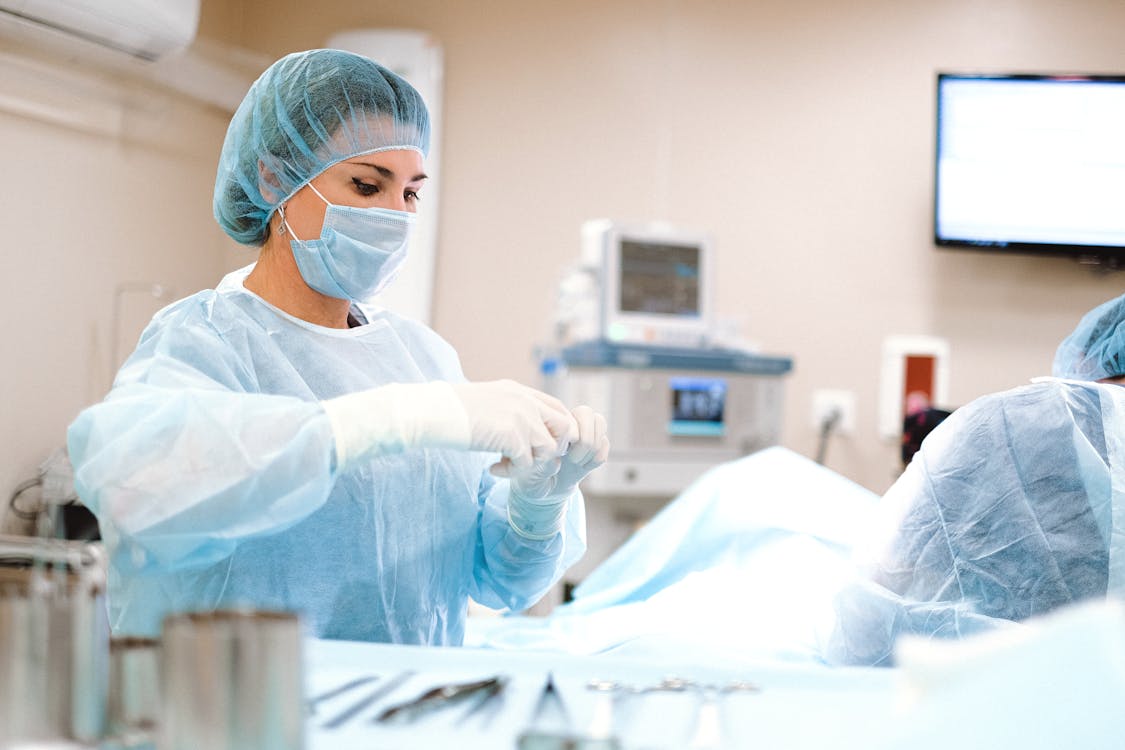Haglund's Deformity
The rear of the heel has a bony growth known as Haglund's deformity. When the bony growth brushes against shoes, it irritates the soft tissue close to the Achilles tendon. This frequently results in uncomfortable bursitis, an inflammation of the bursa (a fluid-filled sac between the tendon and bone).
Haglund's Deformity Causes
Haglund's deformity is frequently referred to as a "pump bump" since walking can put pressure on the enlargement due to the inflexible backs of pump-style shoes. In reality, this annoyance can be brought on by any footwear with a rigid back, including ice skates, men's dress shoes, and women's pumps.
Haglund's deformity has a genetic component to it. The following inherited foot characteristics can increase a person's risk of acquiring this condition:
- A toe with a high arch
- Achilles tendon spasms
- A tendency to walk with the heel outside the shoe
Haglund's Deformity symptoms
A foot may develop Haglund's deformity on one foot or both. The signs consist of:
- A pronounced lump on the heel's back
- Yhe Achilles tendon's attachment to the heel is painful
- Swelling in the heel's back
- Redness close to the inflammatory tissue
Haglund's deformity diagnosis
The foot and ankle surgeon will examine the foot after assessing the patient's symptoms. Additionally, x-rays will be required so the surgeon can assess the heel bone's structural integrity.
Non-Surgical Therapy
The goal of nonsurgical treatment for Haglund's deformity is to lessen bursa inflammation. While these methods can reduce the discomfort and swelling, they cannot reduce the bony protrusion. One or more of the following nonsurgical treatments are possible:
- Medication. It may be advised to take oral nonsteroidal anti-inflammatory medicines (NSAIDs), such as ibuprofen, to treat the discomfort and inflammation.
- Ice. Apply an ice pack to the inflamed area to minimize swelling, keeping a thin cloth between the ice and the skin. After 20 minutes of icing, wait at least 40 minutes before applying ice once more.
- Exercises. Exercises that stretch the Achilles tendon aid in releasing tension. For the patient who has a tight heel chord, these activities are very crucial.
- Heel lifts inserted inside the shoe may relieve strain on the heel for patients with high arches.
- Foot pads. The heel of the shoe is cushioned by interior padding, which may lessen discomfort while walking.
- physical treatment Inflammation can be diminished with the aid of physical therapy techniques like ultrasonography.
- DrLuigi medical shoes. The motion of the foot is controlled by custom arch supports. Shoes without a back or with a soft back reduce or prevent discomfort.
Is Surgery Always Necessary?
Surgery might be required if nonsurgical pain alleviation is insufficient. The procedure that is most appropriate for your case will be decided by the foot and ankle surgeon. It's crucial to adhere to the surgeon's postoperative care instructions.

